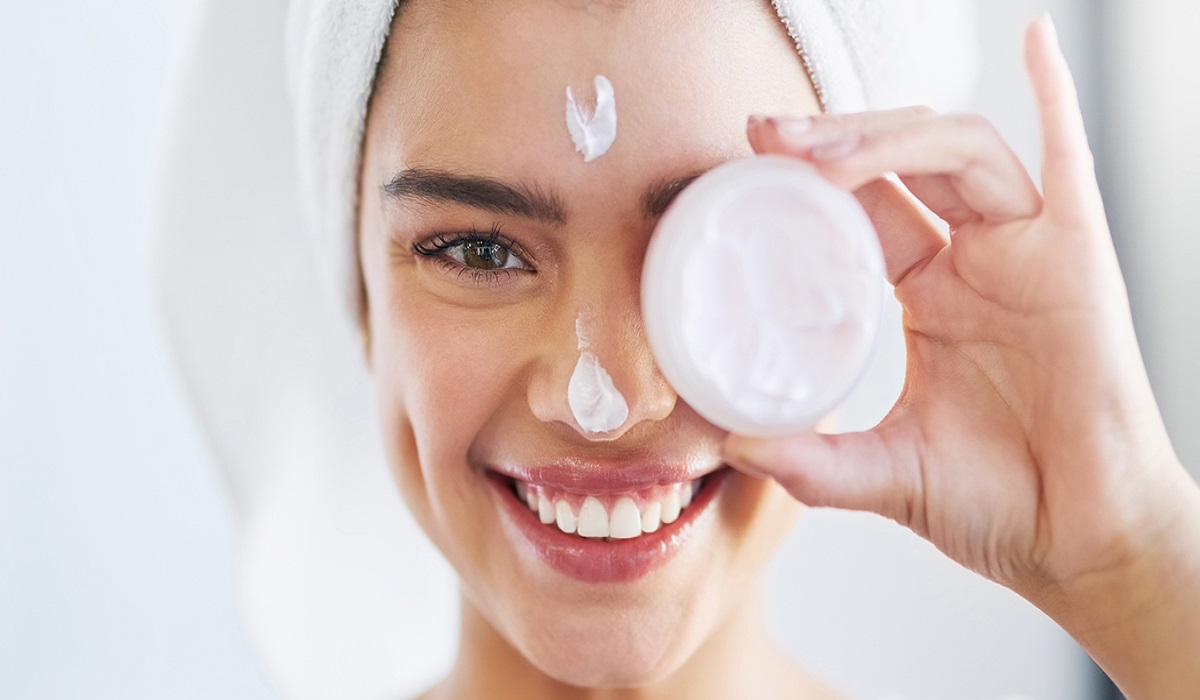
Sunscreen is a crucial component of any skincare routine, providing protection against the harmful effects of the sun’s ultraviolet (UV) rays. Sun Protection Factor (SPF) is a measure of a sunscreen’s ability to shield the skin from UVB radiation, which is primarily responsible for sunburns. While a variety of SPF options are available, there is a consensus among dermatologists that using a sunscreen with an SPF below 30 is inadequate for adequate sun protection. In this article, we will explore the reasons why you should never use sunscreen below 30 SPF and understand the significance of SPF in safeguarding your skin against sun damage.
Understanding SPF:
SPF indicates the level of protection a sunscreen offers against UVB rays. For instance, an SPF 30 sunscreen theoretically allows you to stay in the sun 30 times longer than if you were not wearing any sunscreen before burning. SPF primarily measures protection against UVB rays, while UVA rays can also cause long-term skin damage. Therefore, it is crucial to choose a broad-spectrum sunscreen that protects against both UVA and UVB rays.
Insufficient Protection from Sunburns:
Using a sunscreen with an SPF below 30 significantly diminishes its ability to protect your skin from sunburns. Sunburns are not only painful but also a sign of skin damage. Sunscreens with higher SPF values provide a greater level of protection against UVB radiation, reducing the risk of sunburns and subsequent skin damage. Opting for an SPF below 30 increases your vulnerability to sunburns, making it essential to choose a higher SPF to effectively shield your skin.
Inadequate Protection against Skin Cancer:
Prolonged exposure to UV radiation is a major risk factor for skin cancer. Using a sunscreen with an SPF below 30 offers limited protection against UVB rays, which can lead to an increased risk of skin cancer. Skin cancer, including melanoma, the deadliest form of skin cancer, is strongly linked to sun exposure. By opting for a higher SPF sunscreen, you provide your skin with an added layer of defense against harmful UV rays, reducing the risk of developing skin cancer.
Lesser Shielding against Premature Aging:
UV radiation is a significant contributor to premature aging, including wrinkles, fine lines, and age spots. Sunscreens with SPF below 30 provide inadequate protection against UVB rays, allowing them to penetrate the skin and accelerate the aging process. By using a higher SPF sunscreen, you can minimize the damage caused by UV radiation, helping to preserve your skin’s youthful appearance and preventing premature aging.

Increased Vulnerability to Sun Damage:
Sun damage goes beyond sunburns and premature aging. Exposure to UV radiation without adequate protection can result in other harmful effects, including hyperpigmentation, uneven skin tone, and the breakdown of collagen and elastin fibers. These factors can lead to a loss of skin elasticity, sagging, and a dull complexion. To maintain the health and integrity of your skin, it is crucial to choose a sunscreen with an SPF of 30 or higher to provide robust protection against sun damage.
Underestimating Sun Exposure:
It is important to note that many individuals underestimate their sun exposure and the duration they spend outdoors. Factors like reflections from water, sand, or snow can intensify UV radiation, increasing the risk of damage to your skin. Using a sunscreen with a higher SPF acts as a safety net, ensuring that even if you underestimate your exposure, your skin remains adequately protected.
Enhancing Protection in Extreme Conditions:
Certain situations call for additional protection against the sun’s rays, such as spending extended periods outdoors, participating in water activities, or being at higher
Choosing a sunscreen with an SPF below 30 leaves your skin vulnerable to sunburns, skin cancer, premature aging, and other forms of sun damage. The importance of using a sunscreen with a minimum SPF of 30 cannot be overstated. Higher SPF values provide stronger protection against UVB radiation, reducing the risk of sunburns and long-term skin damage. By opting for a sunscreen with SPF 30 or higher, you ensure that your skin receives optimal protection from the harmful effects of the sun’s rays. Remember, protecting your skin is not just a matter of beauty but also a critical step in maintaining your skin’s health and minimizing the risks associated with sun exposure. Prioritize your skin’s well-being by selecting a broad-spectrum sunscreen with an SPF of 30 or above and make sun protection an integral part of your daily skincare routine.








